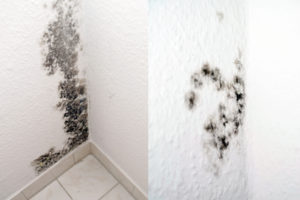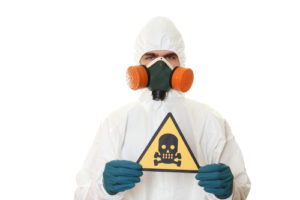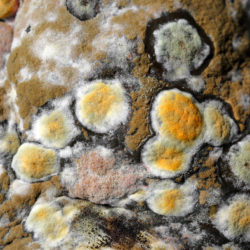Five Types of Mold Found in Homes

Know the Dangers of Having Mold in Your Bedroom
Mold is a blanket term for a type of fungus that encompasses thousands of different species. Here’s a look at five common mold types found in homes, which will require NYC mold removal.
1. Stachybotrys
When people talk about toxic mold, they’re actually referring to stachybotrys. While it’s also known as black mold, it can appear green as well. Stachybotrys gets its nickname from mycotoxins it produces that are especially dangerous to children.
2. Aspergillus
Aspergillus comes in more than 185 different species, so it appears in a wide range of colors. In addition to triggering allergic reactions, aspergillus can cause serious lung infections.
3. Alternaria
Alternaria is the #1 type of allergic mold throughout the world. This species comes in dark brown or green with a velvet-like appearance.
4. Cladosporium
Mold is generally associated with warm, damp areas, but cladosporium grows equally well in the cold. Resembling suede with its olive-green or dark brown coloring, cladosporium is often found in upholstery, carpets and other indoor fabrics.
5. Trichoderma
Trichoderma is usually white with green patches that give it a “wooly” appearance. Some species of trichoderma produce mycotoxins similar to stachybotrys. Trichoderma also contains an enzyme that destroys wood and other building materials, which can lead to structural damage.
Effective NYC Mold Removal for All Types
Whatever type of mold affects your home, it requires professional NYC mold removal. Our MoldExterm program effectively removes mold and prevents it from returning. Contact Stern Mold to schedule a free inspection by our knowledgeable technicians.



